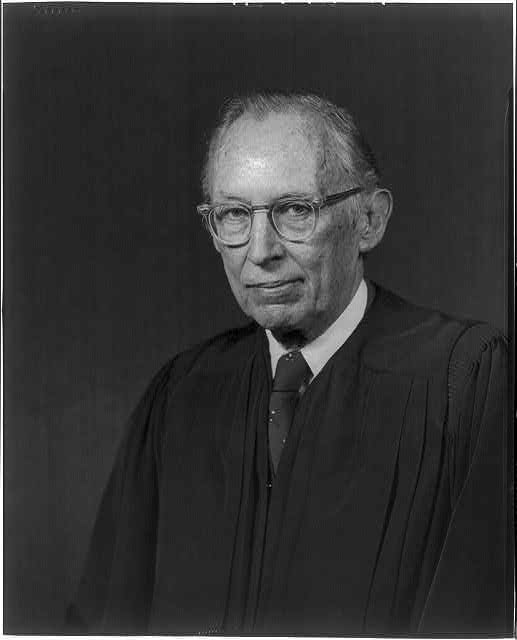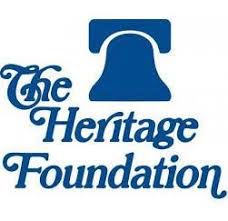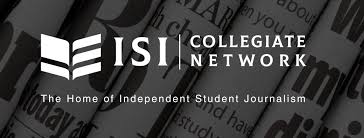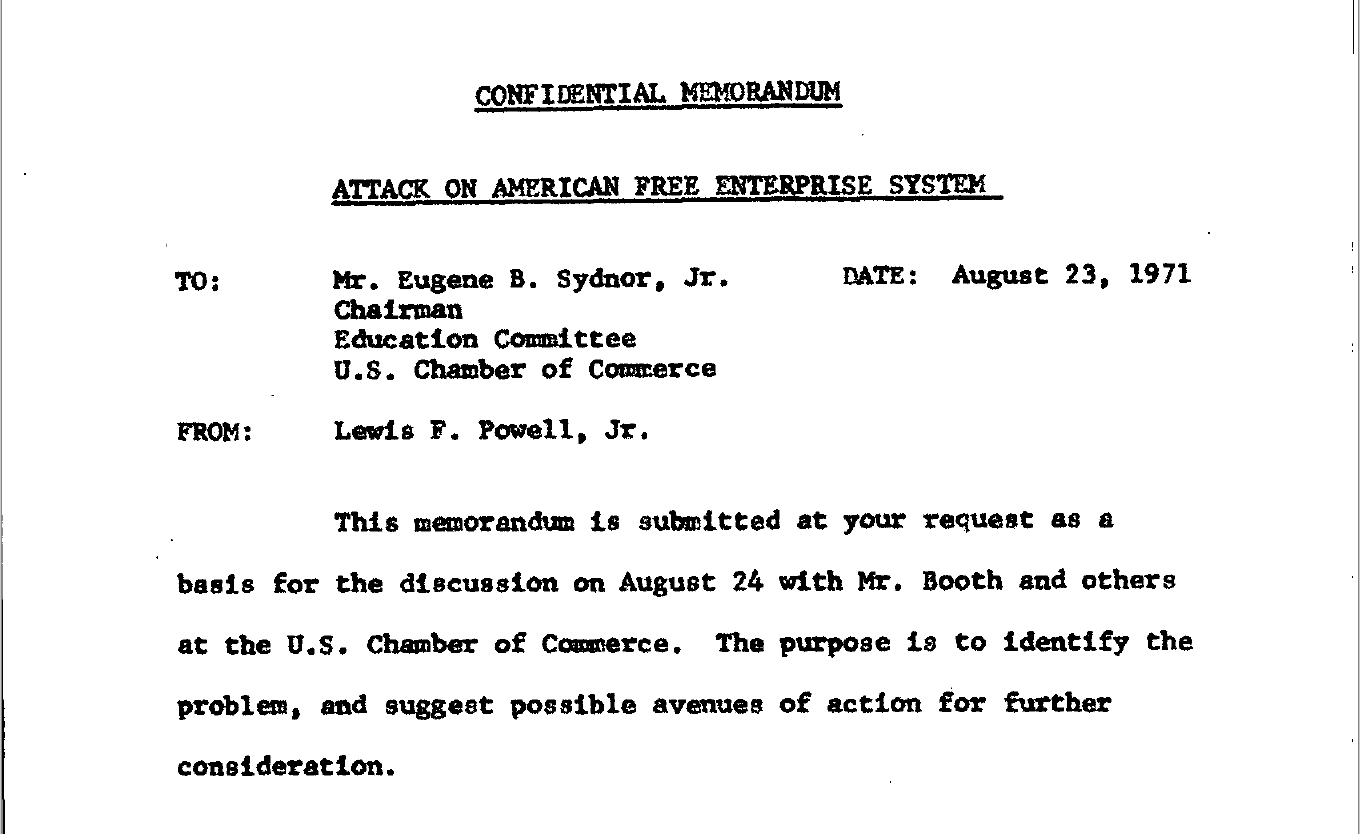Foundation for Culture Change (1971 – 1982)
Lewis Powell wrote a memo for the US Chamber of Commerce in 1971 that would set the country on a new path that favored big business and policies around fiscal conservatism. He decried the absence of conservative viewpoints in the country’s cultural centers and called for conservatives to aggressively pursue positions on college campuses and in the media, establish conservative think tanks, and target the judiciary for placement of conservative judges.
By 1982, a network of wealthy businessmen and conservative thinkers had created the first of many new organizations that would embody Powell’s most important ideas. The media machine that he understood was necessary to reach the public evolved soon after, but the messages it carried went far beyond the business-friendly brand of conservatism that he promoted and the standards of civil discourse and accuracy that he advocated. The cultural shift that Powell’s memo started on behalf of constitutionally-minded conservatives in the Republican Party eventually slipped from their control.
Still, for a brief time, his master class in capturing political power led conservatives to the White House in 1980 and control of Congress in 1994.
1971

The Blueprint: Powell’s Memo
Lewis Powell’s 1971 memo, “Attack on American Free Enterprise System”, began as a response to the perceived overreach of federal regulations and “liberal society” and became a blueprint for culture change that favored resistance to the federal government and long term investment in changing the cultural and political direction of the country.
1973

New Conservatism: The Heritage Foundation
The Heritage Foundation quickly became one of the leaders of conservative intellectual thought. President Reagan adopted its Mandate for Leadership as his administration’s operating manual, implementing nearly 60% of its policy recommendations. Four decades later, The Atlantic’s Molly Ball credited Heritage with turning Reagan’s Republican Party into “a hotbed of intellectual activity”.
1973

Model Legislation for Faith and Profit: ALEC
Founded in 1973 to promote conservative positions on social issues like abortion and the Equal Rights Amendment, the American Legislative Exchange Council (ALEC) had by the early 1990s partnered with corporate America to become, in the words of Newt Gingrich, “the most effective organization” for promoting conservatism and federalism. It functions primarily as a source of model legislation promoting GOP policies at the state level.
1977

Libertarian Cornerstone: Cato Institute
The Cato Institute was founded “to originate, disseminate, and advance solutions based on the principles of individual liberty, limited government, free markets, and peace.” For co-founder Charles Koch, Cato became a cornerstone in a network of think tanks and academic centers that he’s funded in the last four decades to promote those goals.
1978

Training and Messaging: GOPAC
Following the 1978 midterm elections, Governor Pete du Pont of Delaware led the establishment of GOPAC, a centerpiece of Republican efforts to win more seats and build a Republican majority in local, state, and national government. GOPAC built a farm system of aggressive campaign-savvy candidates accustomed to top-down messaging and became the premier training ground for the next generations of Republican candidates.
1980

Media and Campus Footprint: Collegiate Network
The Collegiate Network supported the establishment of conservative newspapers on college campuses through awarding grants and mentoring. Its mission was to call attention through those newspapers to conservative views and to expose the liberal bias implicit in much of campus academic and political thought.
1982

Targeting the Judiciary: The Federalist Society
Founded to advance conservative ideas and legal theories among up-and-coming conservative and libertarian lawyers, the Federalist Society has grown to be the most dominant and historically significant influence in the nominating process of Supreme Court justices and judges named to the federal appeals and district courts.


